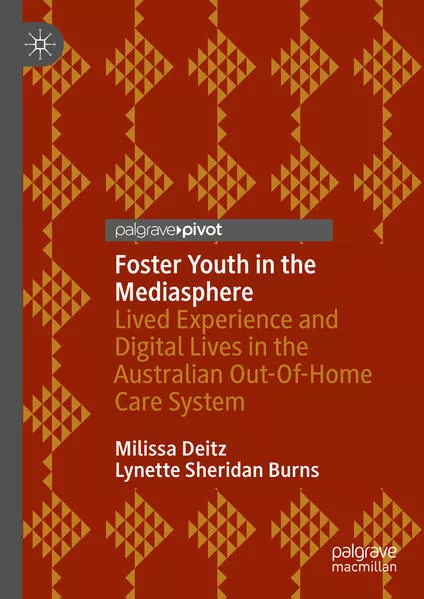
- Publikationen ca: 2
- Fragen & Antworten
Milissa Deitz
Milissa Deitz is Senior Lecturer in the School of Humanities and Communication Arts at Western Sydney University, Australia, where she teaches courses in communication, digital media, and creative writing. Her previously published books include Watch This Space: The Future of Australian Journalism (2010), as well as the novel Bloodlust (1999) and non-fiction title My Life as a Side Effect (2011). Her research interests include grief, identity, and family; voice and the marginalised within digital storytelling; and young people, wellbeing, and technology.
Lynette Sheridan Burns is Adjunct Professor of Journalism at Western Sydney University, Australia. She is widely published in the fields of journalism and journalism education, with her book Understanding Journalism now in its third edition (2018). Her research interests include the impact of media reporting on social minorities, including indigenous Australians and those living with mental illness. She is a former President and Life Member of the Journalism Education and Research Association.
Foster Youth in the Mediasphere
This book considers the impact of digital media and technology on lived experience for young people in foster care. While the extent and intricacies of foster care—known as out-of-home care (OOHC) in Australia, where this study takes place—are not widely understood by the general public, youth in care might struggle to construct a personal identity that goes beyond reflecting the stereotypes and stigma by which they are often recognised.
Foster Youth in the Mediasphere
This book considers the impact of digital media and technology on lived experience for young people in foster care. While the extent and intricacies of foster care—known as out-of-home care (OOHC) in Australia, where this study takes place—are not widely understood by the general public, youth in care might struggle to construct a personal identity that goes beyond reflecting the stereotypes and stigma by which they are often recognised.

